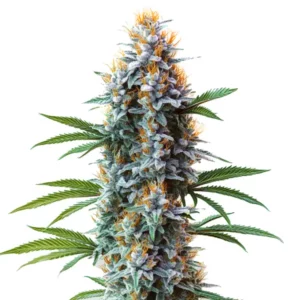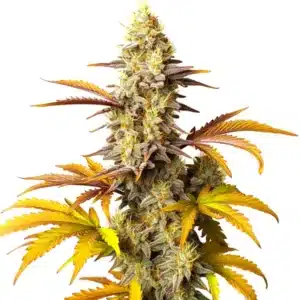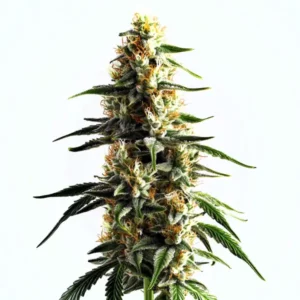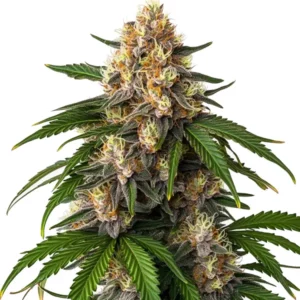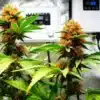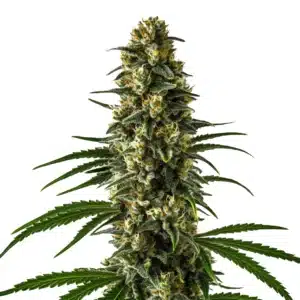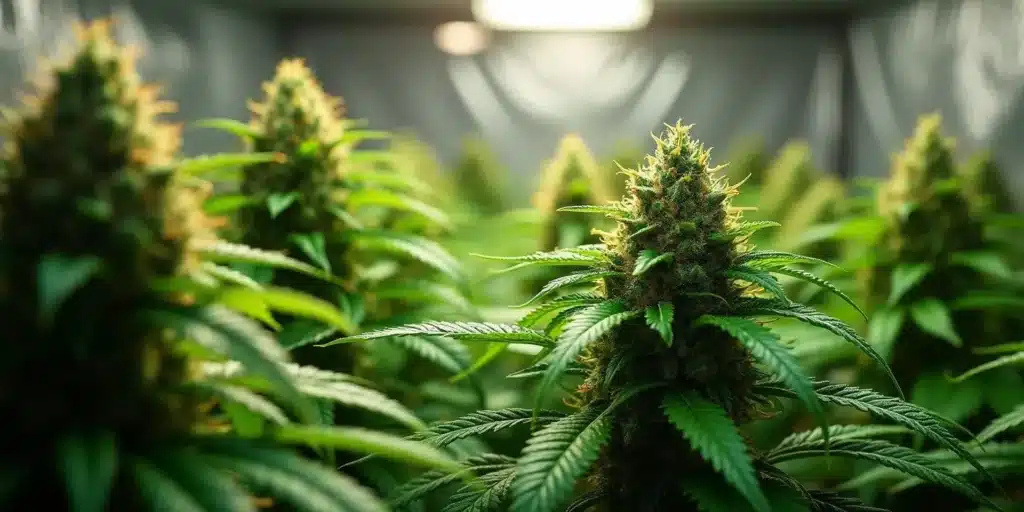
7 Weeks into Flowering Cannabis: What to Expect
As a dedicated cannabis grower, 7 weeks into flowering represents a significant milestone in your plant’s life cycle. This stage is often pivotal for assessing the effectiveness of your cultivation efforts. During these weeks, you’ll notice dramatic changes in bud development and can evaluate the overall health of your plant.
The Flowering Stage
The flowering stage symbolizes the transition from the vegetative phase to the period where cannabis plants begin to produce buds. This stage typically commences when the plant receives equal amounts of light and darkness, around 12 hours each. By the time you reach week 7 flowering, your plants are firmly engaged in this process. Many growers may wonder if they’re approaching the conclusion of the growing cycle or if there’s still more time left for their plants to develop.
Recommended Strains
Blue Cheese
|
|
THC | 16% - 20% (Medium) |
|
|
Type | Feminized |
|
|
Yield | High |
|
|
Phenotype | 80% Indica / 20% Sativa |
Blue Cheese Autoflower
|
|
THC | 14% - 16% (Medium) |
|
|
Type | Autoflowering |
|
|
Yield | Medium |
|
|
Phenotype | 80% Indica / 20% Sativa |
Flowering durations can vary significantly, generally lasting from 7 to 14 weeks depending on the strain type. Indica strains usually finish more quickly, while sativa strains may require additional time. At 7 weeks into flowering, keen observation of the buds will help you evaluate the potential yield and characteristics of your plants. These insights will inform your next steps to ensure an optimal harvest.
Signs of Maturity at 7 Weeks
At the 7-week mark, specific signs of maturity will become evident in your cannabis plants. Recognizing these traits is vital for determining their readiness for harvesting:
- Buds Size Gain: Expect to see significant growth in bud size, indicating healthy development.
- Trichome Development: The tiny, crystal-like trichomes start becoming more pronounced, signaling increased potency.
- Pistil Color Change: Look for the pistils (the hair-like structures) changing color, often darkening and curling inward.
- Aroma Intensification: Prepare for a richly distinctive aroma; the scent profile of your plant becomes more complex.
The expression of these signs can vary considerably between different strains. For instance, you may see these indicators appear more quickly in a fast-growing strain like White Widow compared to a slower-developing sativa like Haze. As a grower, gaining familiarity with individual strain behaviors will empower you to offer better care and strategic management.
Environmental Factors Affecting Flowering
While the natural growth cycle is crucial, the surrounding environmental conditions play an equally important role in promoting healthy progress. As you navigate this flowering week, it’s imperative to ensure optimal conditions across various factors:
- Light Cycle: Maintaining a consistent light and dark schedule is critical to minimize plant stress.
- Humidity Levels: Keep humidity levels within the range of 40-50% to help prevent mold and mildew, which can be particularly damaging.
- Temperature: Aim for a comfortable temperature range of 65-80°F (18-27°C) to stimulate active growth.
Adjusting these environmental factors may seem challenging at times, but your efforts are well worth it. Even minor improvements in temperature or humidity can contribute to healthier plants and better yields. Around 7 weeks into flowering, maintaining optimal conditions becomes even more critical to support bud development and resin production. By monitoring these elements closely, you stand a stronger chance of achieving an outstanding harvest rather than just a satisfactory one.
Promos & Deals
Common Challenges at 7 Weeks
Even experienced cannabis cultivators may encounter challenges as flowering progresses. Here are a few common issues you might face at the 7-week point:
- Nutrient Deficiencies: Cannabis plants have specific nutrient needs, and these requirements often evolve as they flower.
- Bud Rot: This fungal disease can take hold in high humidity, potentially ruining your crop if not addressed promptly.
- Pest Intrusions: Pests, such as spider mites and aphids, can pose a serious threat to plant health during this stage.
Managing these challenges calls for a proactive approach. Regular assessments of plant health can help catch issues early, allowing you to take appropriate action. By maintaining a consistent care regimen and vigilantly monitoring for pests, you can prevent widespread problems from developing.
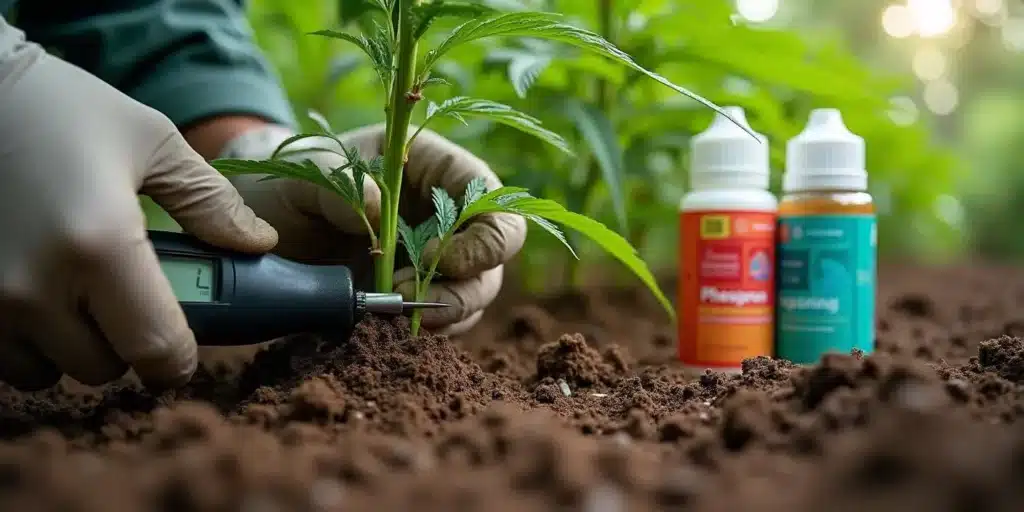
Nutrient Management
As your plants enter the flowering stage, their nutrient needs will shift. By 7 weeks into flowering, they typically demand less nitrogen while requiring increased amounts of phosphorus and potassium. Many cultivators opt for specialized flowering nutrients to cater to these changing needs. Here’s a closer look at why these nutrients are vital:
- Phosphorus: Crucial for robust bud development and strong root growth, phosphorus plays a key role in the blooming phase.
- Potassium: This nutrient contributes to flower formation and enhances the plant’s ability to withstand stressors.
Reviewing nutrient schedules and product recommendations can provide guidance on proper application rates. Striking the right balance is key, over-fertilization can lead to nutrient burn, while under-fertilization may stunt development. Carefully managing this aspect will be essential for aiming for the perfect harvest.
Watering Practices
Watering strategies also require adjustment as your plants progress through the later stages of flowering. Over-watering can lead to root rot, while inadequate watering may cause wilting. Here are a few essential tips to ensure healthy hydration:
- Check Soil Moisture: Use your finger or moisture meter to determine soil dampness before adding more water.
- Observe Plant Signals: If leaves are yellowing, it could indicate either over-watering or nutritional deficiencies.
Tailoring your watering schedule to meet the plants’ needs is crucial. A helpful practice is to water early in the day, allowing your plants to absorb moisture before the light cycle begins. Consistent and thoughtful watering can lead to healthier growth patterns and ultimately enhance your overall yield.
Strains to Consider
When considering cannabis cultivation, the choice of strain significantly influences the flowering timeline and overall yield. Observing a 7 week old cannabis plant can reveal remarkable progress in certain strains, making them ideal for growers seeking faster harvests. Here are three strains worth exploring, each offering distinct characteristics:
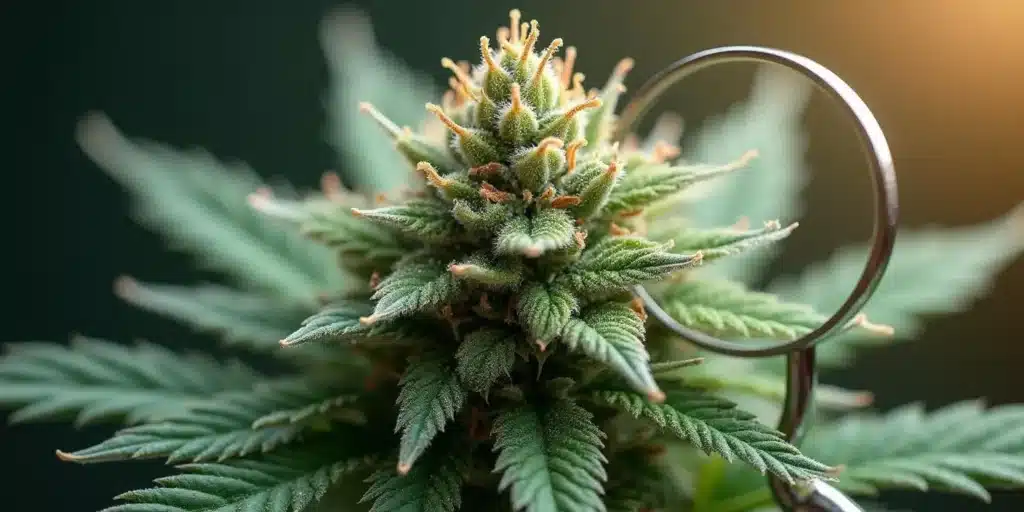
- Blue Dream: This hybrid is celebrated for its well-rounded effects and typically flowers in 9-10 weeks, providing a balanced experience.
- OG Kush: Renowned for its powerful effects and signature flavor, OG Kush usually requires 8-9 weeks for optimal flowering.
- Girl Scout Cookies: A widely loved strain known for rich flavors, it flourishes in about 9-10 weeks, producing a delightful yield.
Understanding the anticipated flowering periods for these strains allows you to set realistic growing expectations. Choosing the right strain suited to your environment can make a significant difference in your cultivation success and satisfaction.
Harvest Timing Considerations
As you near the end of the 7th week, the thought of harvesting may begin to permeate your mind. Timing your harvest accurately can be challenging, yet certain indications can help guide you. One of the most critical factors to examine is the state of the trichomes:
- Clear Trichomes: If they appear clear, it is not yet time to harvest; the plant needs more time to mature.
- Cloudy Trichomes: These suggest peak THC levels, and many growers choose to harvest at this stage for maximum potency.
- Amber Trichomes: When trichomes turn amber, it often indicates higher CBD content, providing a more relaxing effect.
By carefully timing your harvest based on trichome clarity, you can significantly influence the quality of your yield. Observing your plants closely during this period will enable you to achieve your desired effects and flavors.
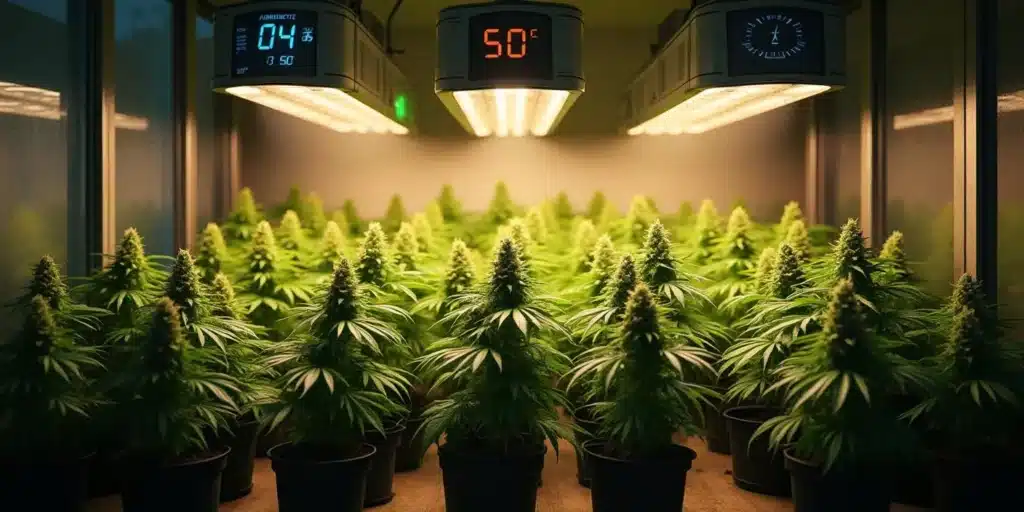
FAQs
What do I do if my plants are not developing buds at 7 weeks?
If your plants are lagging behind in bud development, it’s essential to revisit your light cycle and nutrient plan. Ensure that they are receiving the right care, including optimal environmental conditions, to facilitate healthy flowering. Engaging with fellow growers or seeking advice from online forums can provide valuable insights tailored to your specific situation.
How can I tell if my buds are ready for harvest?
The most effective way to assess harvest readiness is by examining the trichomes using a magnifying glass or jeweler’s loupe. When you notice the majority of trichomes are cloudy, with some appearing amber, it typically indicates that your buds are optimal for harvesting to achieve the desired potency and effects.
Can I still improve yields at 7 weeks into flowering?
Absolutely! Even at this stage, there are proactive strategies to enhance your yields. Ensuring that your plants receive adequate nutrients specifically designed for the flowering phase, adhering to appropriate watering practices, and maintaining ideal environmental conditions can all contribute positively to boost potentially larger harvests. Every decision you make now can have a significant impact on your final product.
How do I prevent bud rot at this stage?
To effectively prevent bud rot, prioritize good air circulation around your plants, which is vital. Keeping humidity levels below 50% is also advantageous. Furthermore, make sure your lighting setup is optimal and that you promptly address any moisture present on the buds. Being vigilant in these areas can significantly reduce the risk of mold and ensure a healthier crop.


